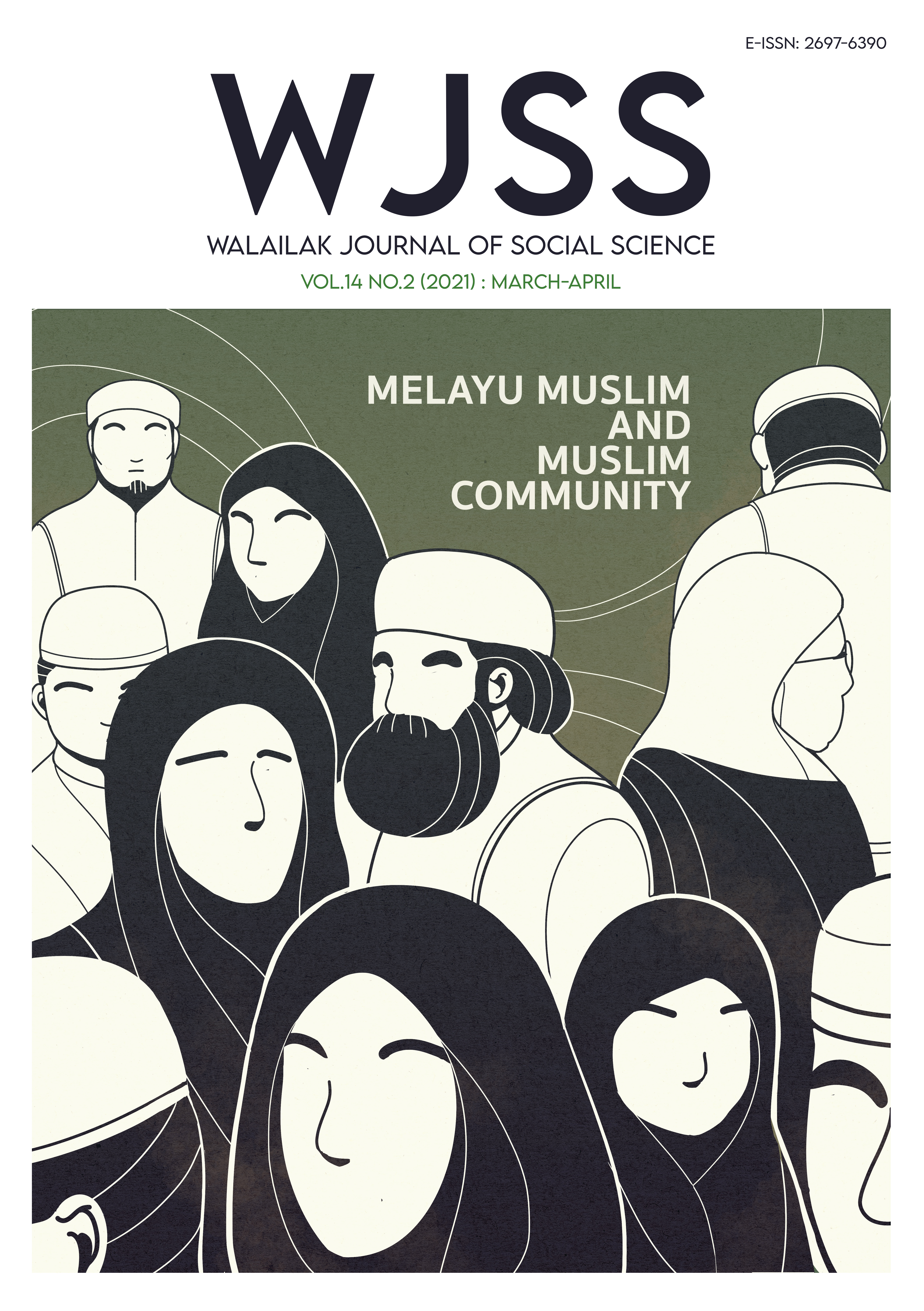Semantic Analysis of Contextual Meaning in Dialogue of “The Ugly Duckling” Short Story
Main Article Content
Abstract
This research explains about contextual meaning. Contextual meaning is meaning based on the context. But the researcher has limited the research in scope of the contextual meaning in dialogue of a short story so that the objective of this research is to find out the contextual meaning in the dialogue of The Ugly Duckling short story. This research uses descriptive qualitative research design where the researcher explains this research based on the library books descriptively. The data source of this research is taken from the internet about the short story that has the dialogue. After finding the short stories, the researchers collected it as document to be analyzed. Then, the researchers analyzed the dialogue of the short story in several steps such as reading the dialogue, finding the meaning, identifying the meaning, categorizing the meaning, analyzing the meaning, and making the conclusion. The finding of this research is from 23 sentences in the dialogue of The Ugly Duckling short story, there are 8 sentences that used contextual meaning. Most of the eight sentences used the context of situation in the story so that it influences the meaning.
Article Details
Copyright: CC BY-NC-ND 4.0
References
Abrams, M. H., & Harpham, G. G. (2009). A glossary of literary terms. USA: Wadsworth Cengage Learning.
Anindya, R. G. (2018). An analysis of contextual meaning in a new day has come song lyrics. Yogyakarta: State Islamic University Sunan Kalijaga.
Butarbutar, E. V., Sinurat, B., Herman., & Purba, L. (2020). Idiomatic expressions in “A Thousand Words” movie. Actual Social Science Review, 1(1), 1-11.
Castillo, J. M. D. (2015). Meaning, what is it? International Journal of Language and Linguistics, 3(6-1), 67-76.
De Clerck, H. M., Willems, R., Timmerman, C., & Carling, J. (2011). Instruments and guidelines for qualitative fieldwork. EUMAGINE Project, Paper, 6B.
Hancock, B., Windridge, K., & Ockleford, E. (2007). An introduction to qualitative research. The NIHR RDS EM / YH.
Herman. (2015). Illocutionary acts analysis of Chinese in Pematangsiantar. International Journal of Humanities and Social Science Invention, 4(12), 41-48.
Herman, Murni, S. M., Sibarani, B., & Saragih, A. (2019). Structures of representational metafunctions of the “Cheng Beng” ceremony in Pematangsiantar: A multimodal analysis. International Journal of Innovation, Creativity and Change, 8(4), 34-46.
Herman, Sibarani, J. K., & Pardede, H. (2020). The effect of jigsaw technique in reading comprehension on recount text. Cetta: Jurnal Ilmu Pendidikan, 3(1), 84-102.
Herman, & Hasibuan, R. (2020). An analysis of idiomatic expressions found in ‘A Dog’s Journey’ (2019) movie script. Udayana Journal of Social Sciences and Humanities, 4(2), 68-72.
Kurniati, E. (2015). Semantic analysis on sense of ambiguity in the headline printed the Jakarta (pp. 278-282). In Proceedings of the International Seminar Prasasti III: Current Research in Linguistics.
Oxford University. (2003). Oxford advanced learner’s dictionary. Oxford: Oxford University Press.
Pasaribu, B., Herman, & Hutahaean, D. T. (2020). Students’ difficulties in translating narrative text from English into Indonesia at grade VIII of SMP Negeri 9 Pematangsiantar. Acitya: Journal of Teaching & Education, 2(1), 12-18.
Purba, D., Silalahi, D. E., Herman, & Sihombing, P. S. R. (2020). An analysis of lexical and structural ambiguity in the Jakarta post newspaper. Actual Social Science Review, 1(1), 25-37.
Rifardi, D. (2017). Study of lexical meaning on “Bob Marley” songs. Malang: Universitas Islam NegeriMaulana Malik Ibrahim.
Sinaga, Y. K., Herman, & Siahaan, P. L. (2020). The effect of partner reading strategy on reading comprehension. Journal of English Education and Teaching, 4(2), 206-218.
Sinaga, D. A., Herman, Hutahaean, D. T., & Niswa, K. (2020). Semantic analysis on idiomatic expression in the “Central Intelligence” movie. European Exploratory Scientific Journal, 4(3), 10-19.
Sitorus, E., & Herman. (2019). A deixis analysis of song lyrics in Calum Scott “You are the Reason”. International Journal of Science and Qualitative Analysis, 5(1), 24-28.
Srudji, S. R. P. R. (2014). A semantic analysis on Avril Lavigne songs. Surabaya: State Islamic University SunanAmpel.
Thao, N. V., & Herman. (2021). An analysis of idiomatic expressions found in Ed Sheeran’s selected lyrics songs. Central Asian Journal of Literature, Philosophy and Culture, 2(1), 12-18.
Yastanti, U., & Setiawati, A. D. (2018). Ambiguity in soundtrack songs lyric of Moana movie. Wanastra, 10(2), 1-14.


